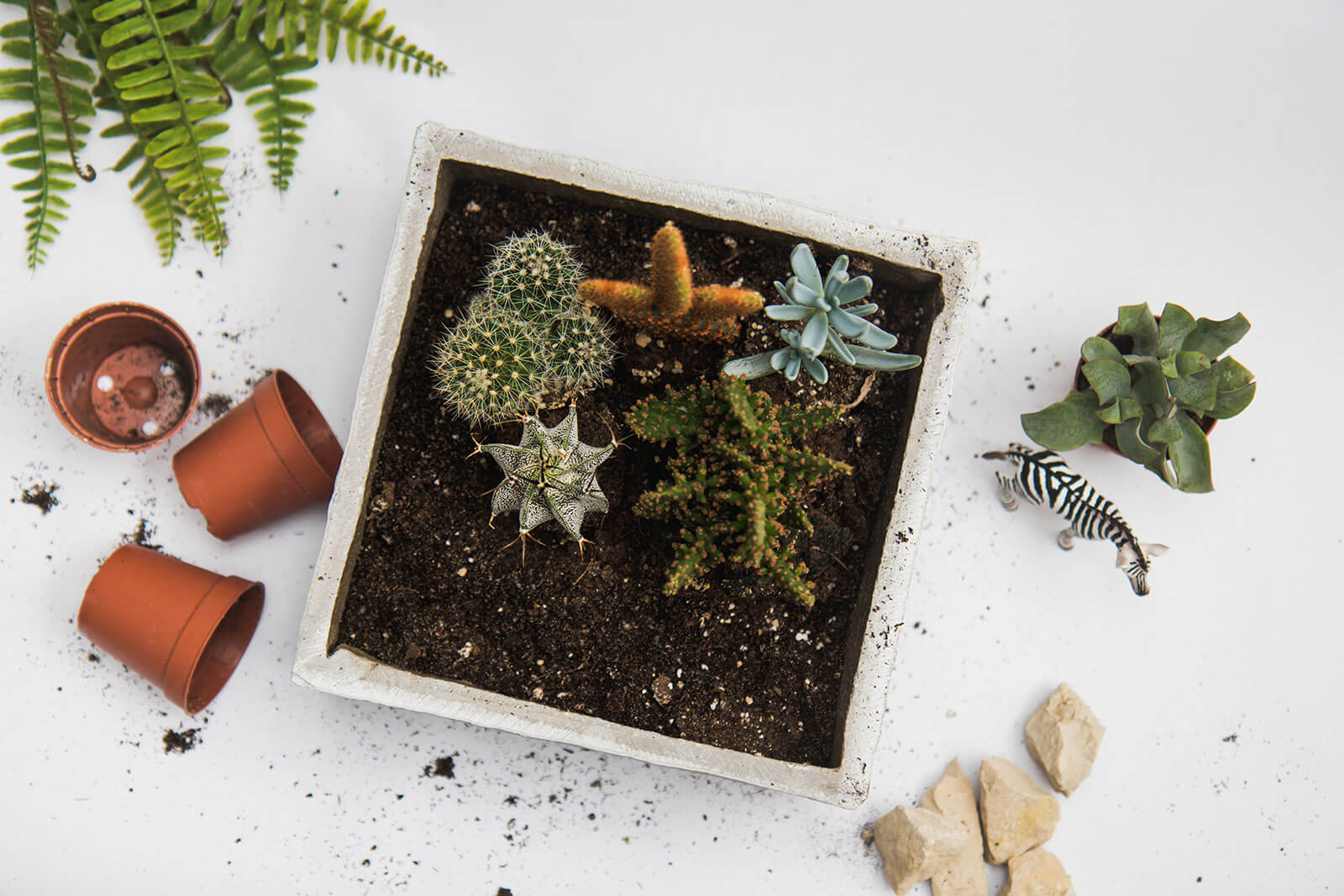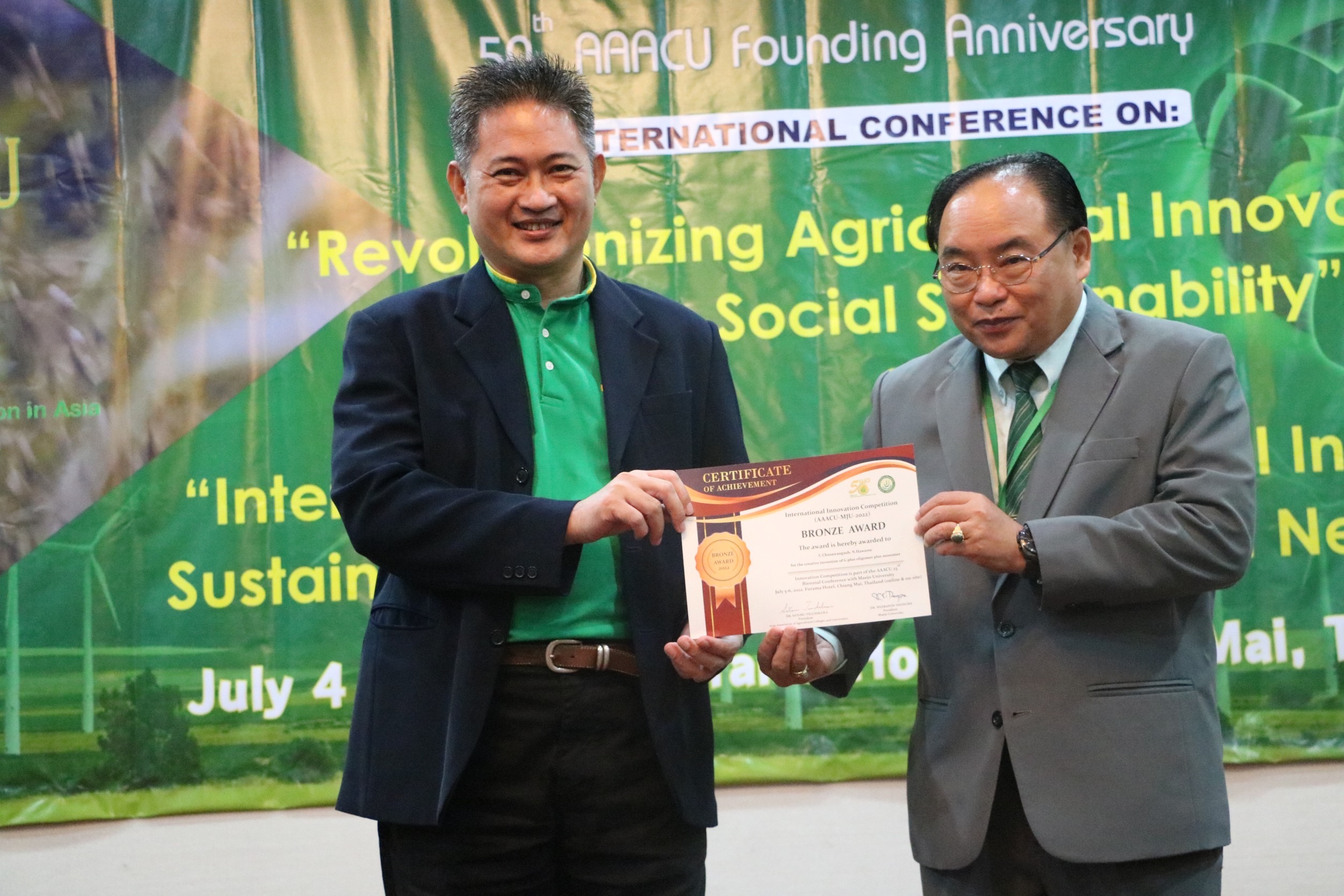Apply for the treatment of durian root rot diseases
The research and test is a study of the results of using G Plus products in combination with Green Plus products, which are microorganisms to eliminate fungi in the soil and improve soil conditions (test group), compared to the use of the chemical drug Metalaxyl (Control group) to eliminate root rot and stem rot disease in durian orchards in the Eastern Region, including Chanthaburi and Trat provinces, totaling 12 crops in an area of approximately 1,200 rai.
The findings of this study and testing revealed that applying G Plus in conjunction with Green Plus was significantly more effective than using the chemical treatment metalaxyl in treating durian root and stem rot disease. A digital microscope was used to examine durian tissue. It was discovered that the tissues in the metalaxyl group (control group) did not alter much. It seems dry, and the red tissue implies infection. There was new tissue development in the G Plus and Green Plus groups (testing group). It appears to be moist. Recovery from a fungal infection is indicated by yellow or white tissue. Figure 3 shows the tissues of both groups.
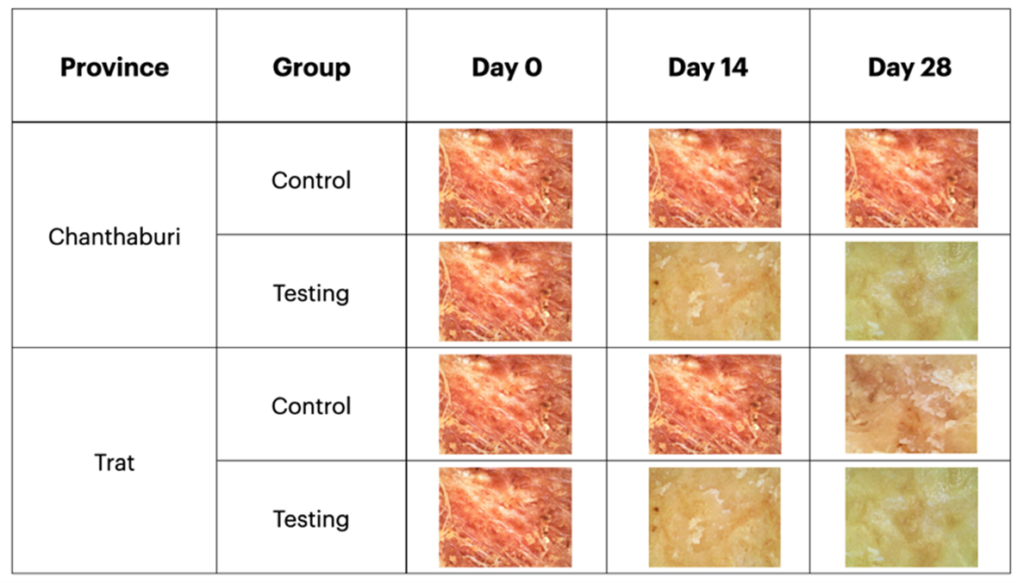
When considering improvement scores (used to indicate improvement in durian symptoms, where 0 indicates no change and 5 indicates a significant change), it was discovered that in the G-Plus and Green-Plus groups (testing group), durian trees show statistically significant (p0.01) signs of change from root rot disease better than the metalaxyl group (control group), as shown in Table 2.
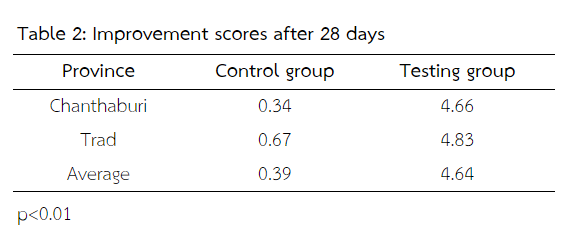
References
- M. Sood et al. Trichoderma: The “Secrets” of a Multitalented Biocontrol Agent. Plants 2020, 9, 762, 1-25.
- M. Mukherjee et al. Trichoderma–Plant–Pathogen Interactions: Advances in Genetics of Biological Control. Indian J Microbiol (Oct–Dec 2012) 52(4):522–529.
- A. Schuster et al. Biology and biotechnology of Trichoderma. Appl Microbiol Biotechnol (2010) 87:787–799.
- S. Zhang et al. Application of Plant-Growth- Promoting Fungi Trichoderma longibrachiatum T6 Enhances Tolerance of Wheat to Salt Stress through Improvement of Antioxidative Defense System and Gene Expression. Frontiers in Plant Science, September 2016, Volume 7, Article 1405, 1-11.
- G. Banerjee et al. Beneficial effects of bio-controlling agent Bacillus cereus IB311 on the agricultural crop production and its biomass optimization through response surface methodology. Biological Sciences, An Acad Bras Cienc (2018), 90 (2 Suppl. 1), 2149-2159.
- R. Radhakrishnan et al. Bacillus: A Biological Tool for Crop Improvement through Bio-Molecular Changes in Adverse Environments. Frontiers in Physiology, September 2017 , Volume 8, Article 667, 1-14.
- R.L. Peterson et al. Mycorrhizae and their potential use in the agricultural and forestry industries. Biotechnology Advances, Vol. 2, Issues 1, 1984, 101-120.
- นลินี ศิวากรณ์ พจนา ตระกูลสุขรัตน์ เพลินพิศ สงสังข์ และ ศิริพร วรกุลดํารงชัย การควบคุมโรครากเน่าโคนเน่าของทุเรียนโดยใช้เชื้อจุลินทรีย์ปฏิปักษ์ กลุ่มวิจัยโรคพืช สำนักวิจัยพัฒนาการอารักขาพืช
- ภาคภูมิ วัชรขจร การปลูกข้าวด้วยการใช้ชีวภัณฑ์เพื่อทำเกษตรอินทรีย์ เพิ่มผลผลิต และลดต้นทุน การบริหารจัดการเกษตรอินทรีย์ วิทยาลัยนานาชาติ มหาวิทยาลัยแม่โจ้ เชียงใหม่
- มัลลิกา จินดาซิงห์ การใช้จุลินทรีย์ในการป้องกันและกำจัดศัตรูพืช มหาวิทยาลัยแม่โจ้ ชุมพร
